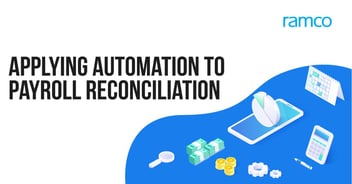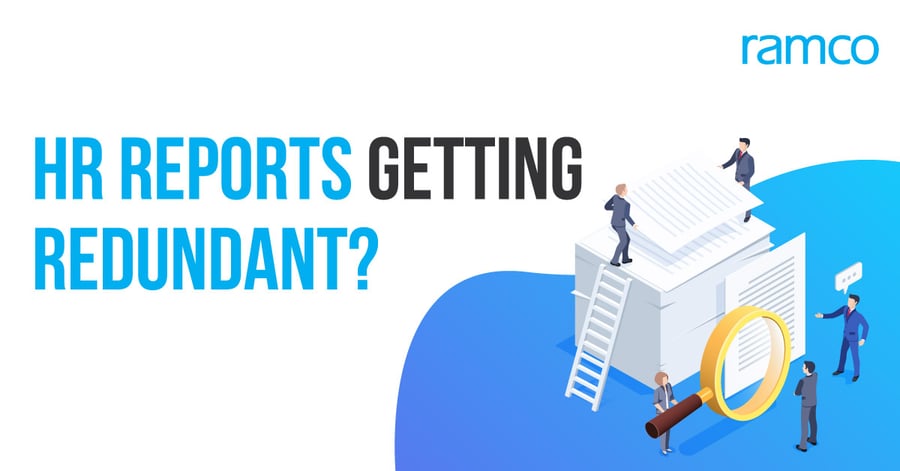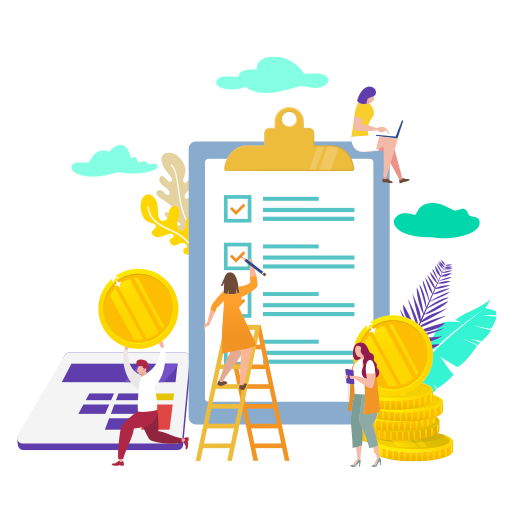
- Home
- Artificial Intelligence Global Payroll
- Yet another report? A System Implementer’s Viewpoint
Yet another report? A System Implementer’s Viewpoint
Published :

In one of my payroll system design workshops for a global company, the payroll team was confident that they needed all the forty-odd reports that they were generating currently to be available in the new payroll software because the company’s headquarters (HQ) needed all those reports to be sent every month. After discussions with the project sponsor and the HQ Payroll Lead, it emerged that many of these reports were not even being looked at by the HQ. Finally, more than half of those reports were dropped in the new design because they were either not needed anymore or the information currently displayed in multiple reports was available in a single report now.
Companies who are changing their payroll systems after many years may have a lot of existing reports. Sometimes reports are added to check some of the complex calculations. New reports may have been introduced for checking, for the existing payroll system may have had a bug and the payroll team would have wanted to be doubly sure after it was rectified. It is time one questioned the purpose and consumption of each report while transitioning from one payroll system to another.
If you are wondering what the most critical reports are, here are some (excluding the ones mandated by local statutory bodies) that will be needed by a payroll services team:
These would be the main reports. Working with a minimum set of reports not only saves time spent by the payroll team on report generation but also reduces the system maintenance overheads and simplifies technical support. So, the next time you have a report requirement, do assess if the information is already available in another report. If the information required is a one-off need, do look for on-screen views that could suffice the need or use ad-hoc reporting tools in your payroll software.
Want to know what the other best practices are?
Read the 1st part here
Read the 2nd part here
Read the 3rd part here
Read the 4th part here
Enterprise asset management (EAM) involves the management of mission critical assets of an organization throughout each asset's lifecycle. EAM is used to plan, optimize, execute, and track the needed maintenance activities with the associated priorities, skills, materials, tools, and information. The aim is to optimize the quality and utilization of assets throughout their lifecycle, increase productive uptime and reduce operational costs.
Enterprise asset management (EAM) involves the management of the maintenance of physical assets of an organization throughout each asset's lifecycle. EAM is used to plan, optimize, execute, and track the needed maintenance activities with the associated priorities, skills, materials, tools, and information.
The software helps in effective maintenance of assets through preventive, predictive, shutdown and breakdown maintenance strategies. The system also helps enterprises mitigate equipment risks by enhanced safety standards. The streamlined operations and improved asset performance helps organizations increase their investment effectiveness.
EAM is important because it helps organizations track, assess, manage and optimize asset quality and reliability. Asset intensive Organizations have hundreds, thousands, even millions of assets which needs to be maintained to maximize / optimize life of these assets to increase the return on investment.
The key features of effective EAM are:
Asset Intensive companies under the following Industries :
Contact us for a meeting and schedule a demo
This differs on case to case basis, based on the type of installation and unique industry specific requirements. Contact us for a meeting and schedule a demo.
This differs on case to case basis, based on the type of installation and unique industry specific requirements. Contact us for a meeting and schedule a demo.
Stay Connected, follow us on LinkedIn / Twitter to know more about EAM Software latest trends.

All Rights Reserved. © Copyright 2024. Ramco Systems.